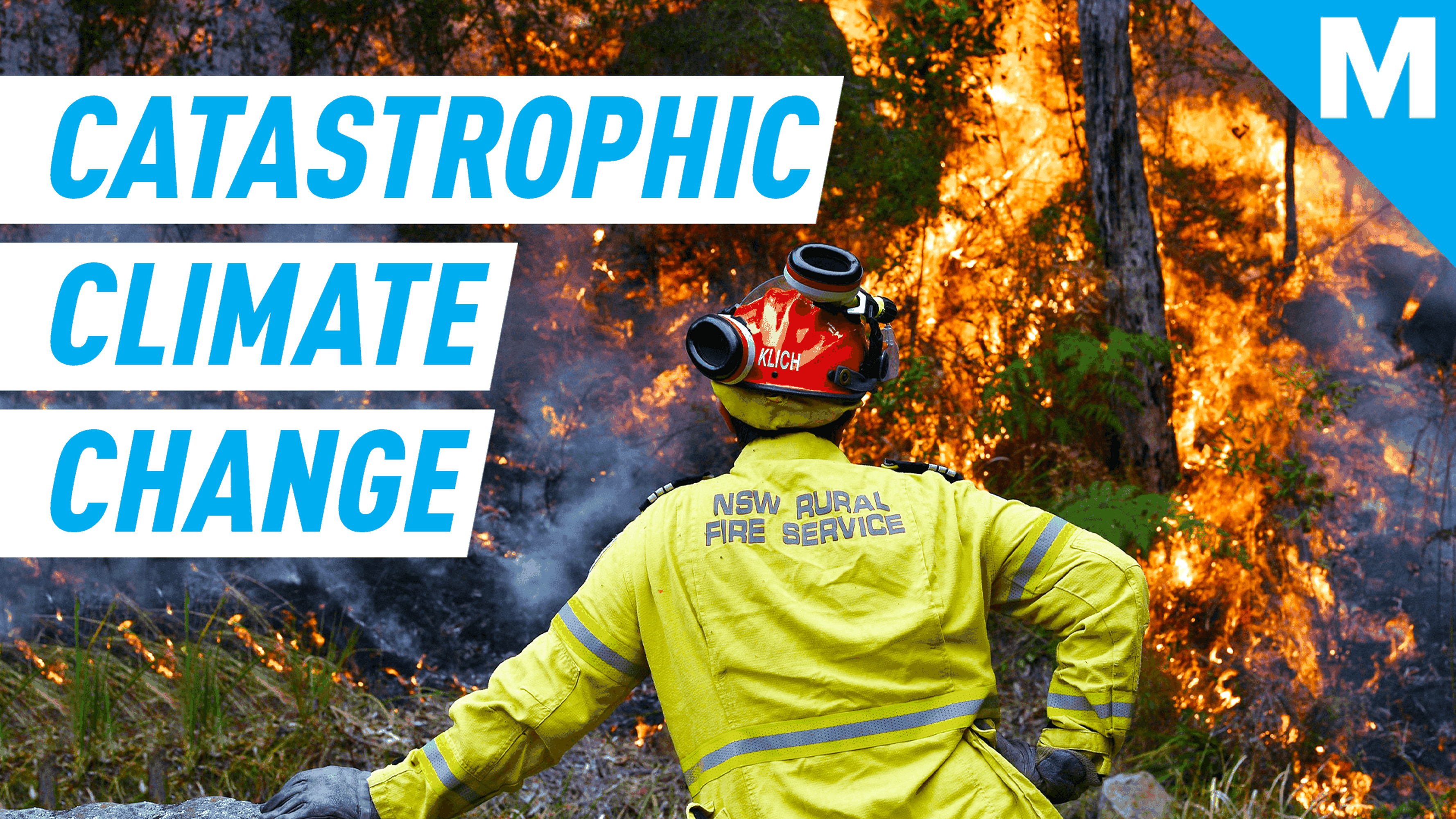
They’re back.
After a four-year hiatus during the Trump administration, the EPA announced this week the return of its Climate Change Indicators website. (The previous administration deleted many of the EPA’s climate pages.) The public now has access to dozens of updated, and often telltale, graphs produced by the EPA, the government agency that protects both human health and the environment.
Atmospheric CO2 levels are skyrocketing, and haven’t been this high in some 3 million years. The planet is reacting: Heat waves are increasing, flooding is increasing, Arctic sea ice is diminishing, and beyond. That’s all now clear once again on the EPA website.
“EPA’s Climate Indicators website is a crucial scientific resource that underscores the urgency for action on the climate crisis,” EPA Administrator Michael S. Regan said in a statement. “With this long overdue update, we now have additional data and a new set of indicators that show climate change has become even more evident, stronger, and extreme — as has the imperative that we take meaningful action.”
Below are some of the starkest graphs showing rapid change on Earth and in the U.S.
Skyrocketing CO2
The graph below (on left) shows the extreme, modern rise in atmospheric CO2 levels compared to the last ~800,000 years. These are direct measurements taken from air bubbles trapped in ancient ice for hundreds of thousands of years.

Skyrocketing atmospheric CO2 levels.
Image: epa
Ocean heat is going up, up, up
Over the last three decades, the oceans have absorbed almost unfathomable amounts of heat, equivalent to the amount of energy released when detonating the largest atomic bomb ever built once every 10 minutes for 10 years.
“We’re changing the basic metabolic state of the largest ecosystem on the planet,” Matthew Long, an oceanographer at the National Center for Atmospheric Research, previously told Mashable. “We’re rapidly pushing it out of whack.”
A warmer ocean melts the edges of colossal ice sheets, deprives ocean life of oxygen, and has implications for strengthening hurricanes.

The ocean’s rising heat content.
Image: epa
Bad news about heat waves
It’s getting hotter. Since the 1960s, heat waves in the U.S. have increased in duration and intensity.
“Their frequency has increased steadily, from an average of two heat waves per year during the 1960s to six per year during the 2010s,” the EPA said.
Extreme heat is the leading weather-related cause of death in the United States.

The frequency of heat waves are increasing in the U.S.
Image: epa
Southwestern megadrought
In the Southwestern U.S., temperatures are increasing in a region already prone to droughts. The current prolonged drought, now two decades long, is one of the worst droughts in history, in large part because it’s happening in a warmer climate.
“It’s two decades long and probably the worst drought in at least 400 years,” Benjamin Cook, a research scientist at Columbia University’s Lamont-Doherty Earth Observatory who studies drought, recently told Mashable.
“The reason this drought is so exceptional is likely because of climate change,” Cook added. “It makes it easier to get into a drought, and harder to get out. It makes droughts a bit more intense than they used to be.”

Temperature increases in the Southwestern U.S.
Image: epa
The incessantly rising seas
As ice sheets and glaciers melt prodigious amounts of water into the ocean, sea levels rise. Sea levels have risen by some eight to nine inches since the late 1800s, and a conservative United Nations estimate is sea levels will rise by another one to two feet by the century’s end.
But it could be more like two or three feet, or even more. It all depends on what the Florida-sized Thwaites Glacier in Antarctica does: It’s already destabilized and increasingly purging ice.

Rising sea levels.
Image: epa
The dominance of CO2
The U.S. is the second-largest emitter of the potent greenhouse gas CO2 in the world, even as the nation’s total greenhouse gas emissions have declined by some 12 percent since 2005.
Renewables are increasing, but the transition to cleaner energy, as opposed to burning petrochemicals, clearly has a long way to go.

Greenhouse gas emissions in the U.S.
Image: epa
You can see more of the EPA’s climate graphics here.
